Creating an inviting litter box for your feline friend can sometimes feel like decoding a complex puzzle. Cats are notoriously particular about their bathroom habits, and understanding how to cater to their needs can significantly improve their quality of life—and yours. By focusing on various aspects of the litter box environment, you can make it an attractive and welcoming space for your cat. From the type of litter you use to the location of the box, each detail plays a part in ensuring your cat feels comfortable and secure.
Choosing the Right Litter
Selecting the right type of litter is crucial for ensuring your cat feels at ease. Cats often have preferences, and what works for one may not work for another. Some cats prefer clumping litter, which makes it easier for them to bury their waste, while others might appreciate the natural texture of pine or paper-based litters. It’s essential to experiment with different types to see which one your cat prefers. Additionally, the scent of the litter is another factor—many cats dislike scented litters and prefer unscented options. The key is to observe your cat’s behavior and adjust accordingly.
Finding the Perfect Location
The location of the litter box can greatly impact your cat’s willingness to use it. Cats need a quiet, private area where they won’t be disturbed. Placing the litter box in a high-traffic area or near loud appliances can deter them from using it. Instead, opt for a secluded corner or a low-traffic room. It’s also wise to avoid placing the litter box near their food and water bowls, as cats instinctively separate their eating and bathroom areas. A well-chosen location can make all the difference in your cat’s comfort.
Regular Cleaning Routine
Cats are clean animals and prefer their litter box to be kept in pristine condition. A dirty litter box is a significant turn-off for any cat. Scooping out waste daily and completely changing the litter at least once a week is essential. This prevents unpleasant odors and ensures a fresh environment for your cat. A regular cleaning routine not only keeps the box appealing but also shows your cat that you respect their space. Remember, a happy cat is a clean cat.
Ensuring Proper Box Size
The size of the litter box is another critical factor. A box that’s too small can feel cramped and uncomfortable for your cat. Ideally, the box should be about one and a half times the length of your cat. This allows them ample space to turn around and bury their waste comfortably. For larger breeds, a larger box is necessary to accommodate their needs. The right size ensures that your cat has enough room to feel at ease and will encourage regular use.
Introducing Multiple Boxes
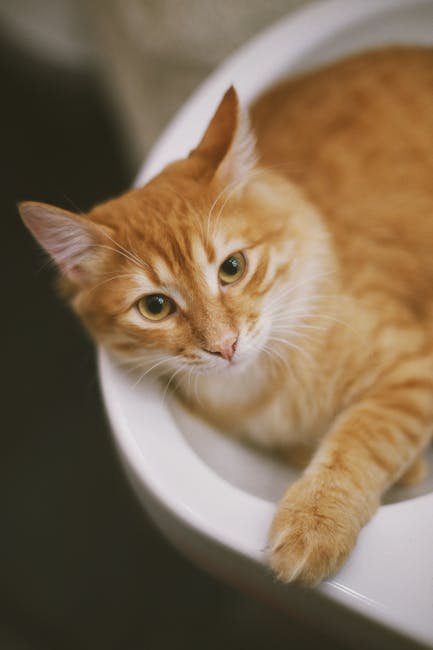
If you have more than one cat, it’s important to provide multiple litter boxes. Cats can be territorial and may not appreciate sharing their bathroom space. A good rule of thumb is to have one box per cat, plus an additional one. This arrangement helps prevent territorial disputes and ensures that every cat has access to a clean box. Multiple boxes can also be beneficial in multi-level homes, providing easy access for your cats no matter where they are.
Considering Box Style
The style of the litter box can also influence your cat’s willingness to use it. Open boxes are generally preferred by most cats as they offer easy access and visibility. However, some cats may feel more comfortable with the privacy a covered box provides. It’s important to note that while covered boxes can help contain odors, they may also trap them inside, which could deter your cat. Observing your cat’s preferences will guide you to the best style for their needs.
Maintaining a Low-Litter Depth
While it might seem like more litter is better, cats typically prefer a shallow layer. About two to three inches of litter is usually sufficient. Too much litter can make it difficult for your cat to dig and bury their waste, which can lead to frustration. On the other hand, too little litter might not adequately cover their waste, leading to unpleasant odors. Striking the right balance is key to keeping the litter box appealing.
Creating a Calm Environment
The environment around the litter box should be calm and stress-free. Loud noises, sudden movements, or other pets can make your cat feel uneasy about using the box. Consider using calming pheromone diffusers nearby, which can help reduce stress and encourage your cat to use the litter box. Providing a peaceful atmosphere will reassure your cat and make their bathroom experience more pleasant.
Monitoring for Health Issues
Sometimes, a cat’s reluctance to use the litter box can be a sign of an underlying health issue. Conditions such as urinary tract infections or arthritis can make it painful for your cat to use the box. It’s essential to monitor your cat’s behavior and consult a veterinarian if you notice any changes. Addressing health issues promptly will ensure your cat remains comfortable and willing to use their litter box.
Introducing New Litter Gradually
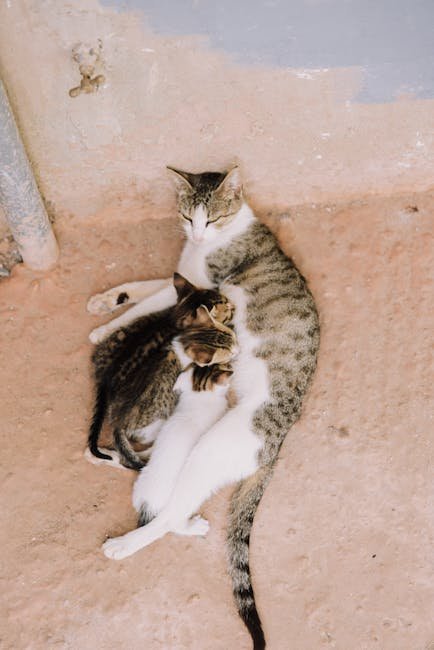
Cats can be wary of change, so introducing a new type of litter should be done gradually. Start by mixing a small amount of the new litter with the old, increasing the proportion over a week or two. This gradual transition helps your cat adjust to the new texture and scent without feeling overwhelmed. Patience is key, and allowing your cat time to adapt will lead to a smoother transition.
Adding a Litter Box Liner
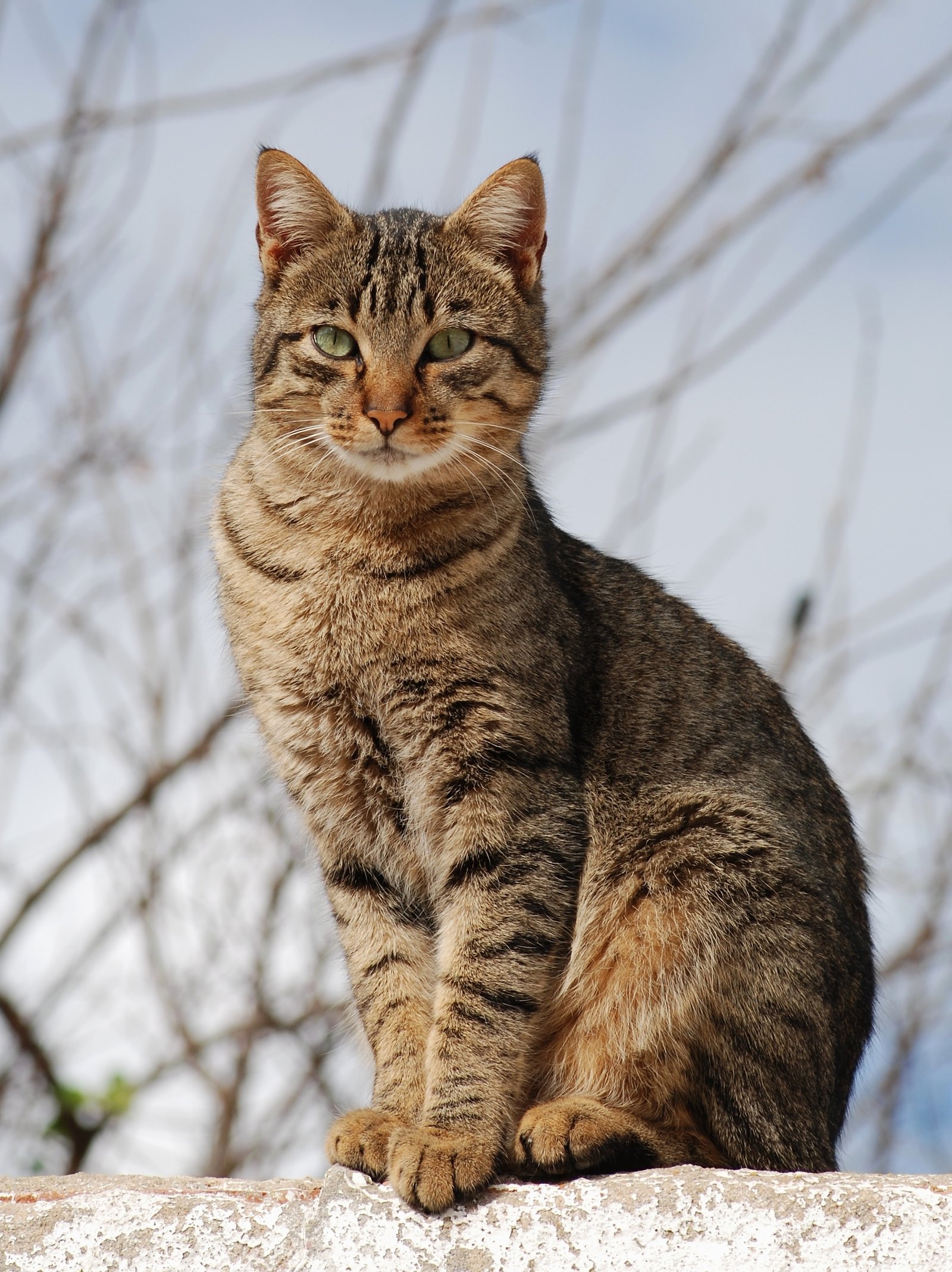
Litter box liners can make cleaning easier and help keep the box in good condition. However, not all cats appreciate them. Some cats might find the texture annoying and may avoid using the box. If you choose to use a liner, ensure it’s fitted securely and doesn’t bunch up when your cat digs. Observing your cat’s reaction will help you determine if a liner is a beneficial addition.
Utilizing Positive Reinforcement
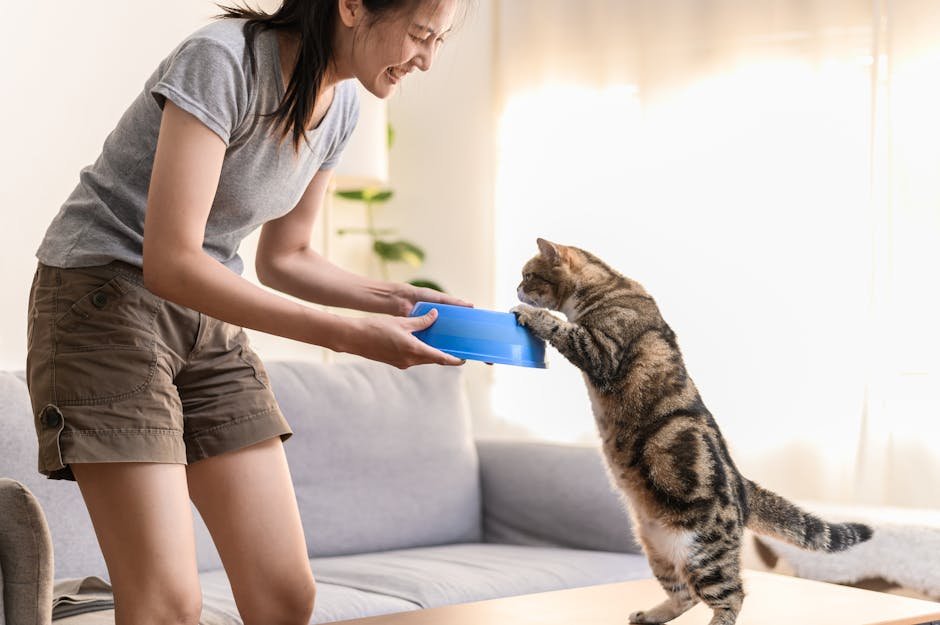
Positive reinforcement can encourage your cat to use the litter box consistently. Offering treats or praise when they use the box can create a positive association. Avoid scolding your cat for accidents, as this can create anxiety and worsen the problem. Instead, focus on rewarding good behavior, which will strengthen their confidence and encourage regular use of the litter box.
Choosing Odor Control Solutions
Odor control is vital for maintaining an appealing litter box. While scented litters may seem like a solution, they aren’t always favored by cats. Instead, consider using baking soda or specialized odor control products that are safe for cats. These can help neutralize odors without overwhelming your cat with strong scents. A fresh-smelling box is more inviting for your cat and enhances their overall experience.
Providing Easy Access
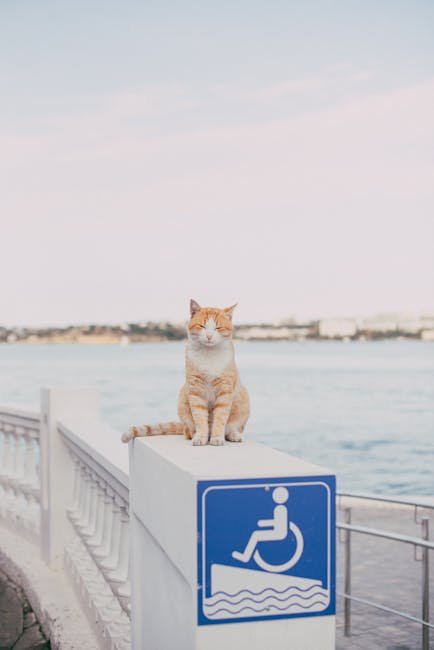
Ensuring your cat has easy access to their litter box is crucial, especially for older or disabled cats. Consider placing ramps or steps if the box is elevated, making it easier for them to enter and exit. Accessibility is key to encouraging regular use, and accommodating your cat’s physical needs will help them feel more comfortable.
Preventing Litter Scatter
Litter scatter can be frustrating for both you and your cat. To minimize this, consider using a mat around the litter box to catch stray litter. High-sided boxes can also help contain litter within the box. Regularly sweeping or vacuuming the area will maintain cleanliness and make the space more inviting for your cat.
Understanding Your Cat’s Behavior
Every cat is unique, and understanding their behavior is crucial for creating an appealing litter box. Pay attention to their preferences and dislikes, and adjust the setup accordingly. Some cats might appreciate a particular type of litter, while others may prefer a specific location. Being attuned to your cat’s needs will help you create a litter box environment that suits them best.
Incorporating Cat-Friendly Scents
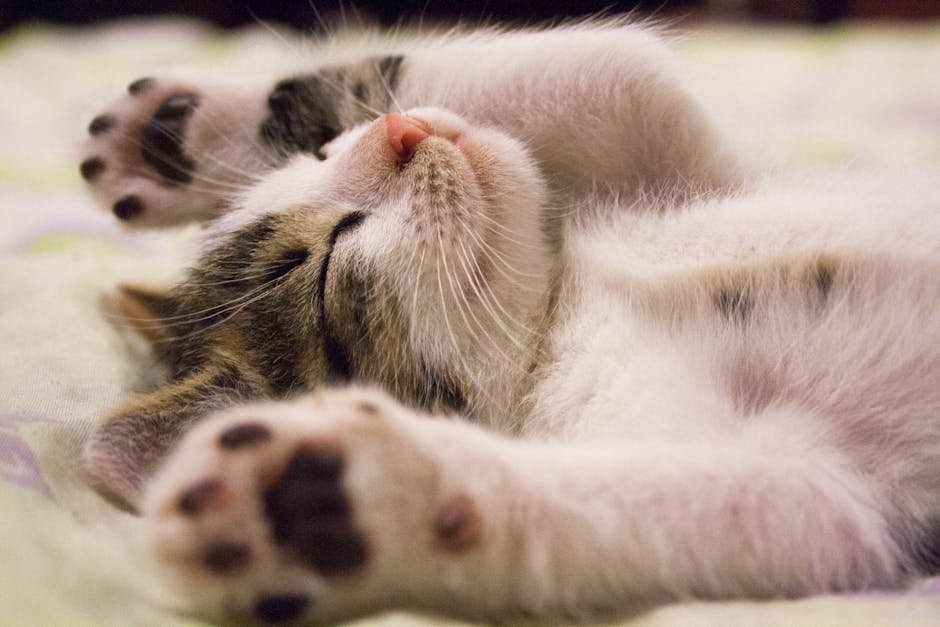
While many cats dislike strong scents, some cat-friendly aromas can create a calming environment. Consider using lavender or chamomile diffusers near the litter box, as these scents are known to have a soothing effect on cats. It’s important to use essential oils with caution, ensuring they are safe for feline use. A calming scent can enhance the overall appeal of the litter box area.
Exploring Different Box Shapes
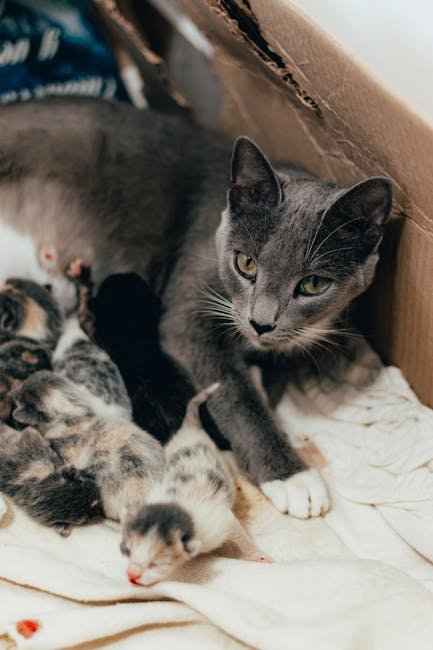
The shape of the litter box can also influence your cat’s comfort. While traditional rectangular boxes are common, some cats may prefer round or corner-shaped boxes. These shapes can provide a sense of security and privacy. Experimenting with different shapes can help you find the perfect fit for your cat’s preferences.
Keeping the Area Well-Ventilated
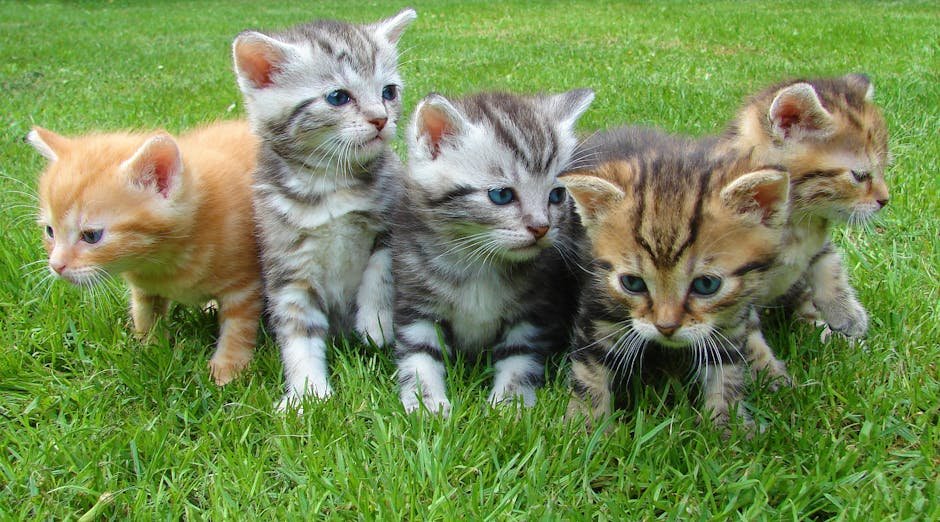
Proper ventilation is essential for maintaining a fresh and appealing litter box area. Ensure the space is well-ventilated to prevent odors from accumulating. Opening a window or using a small fan can help circulate air and keep the area fresh. A well-ventilated space is more inviting for your cat and contributes to a pleasant bathroom experience.
Assessing the Box’s Stability
Cats need a stable surface when using the litter box. If the box wobbles or shifts, it can create anxiety and deter them from using it. Ensure the box is placed on a flat surface and doesn’t move when your cat enters or exits. A stable box provides a sense of security and encourages regular use.
In conclusion, making your cat’s litter box more appealing requires attention to detail and an understanding of your cat’s preferences. By focusing on aspects such as litter type, box location, and cleanliness, you can create a comfortable and inviting space for your feline friend. Remember, the key is to observe your cat’s behavior and adjust accordingly to meet their unique needs.
Hi, I’m Bola, a passionate writer and creative strategist with a knack for crafting compelling content that educates, inspires, and connects. Over the years, I’ve honed my skills across various writing fields, including content creation, copywriting, online course development, and video scriptwriting.
When I’m not at my desk, you’ll find me exploring new ideas, reading books, or brainstorming creative ways to solve challenges. I believe that words have the power to transform, and I’m here to help you leverage that power for success.
Thanks for stopping by, Keep coming to this website to checkout new articles form me. You’d always love it!






